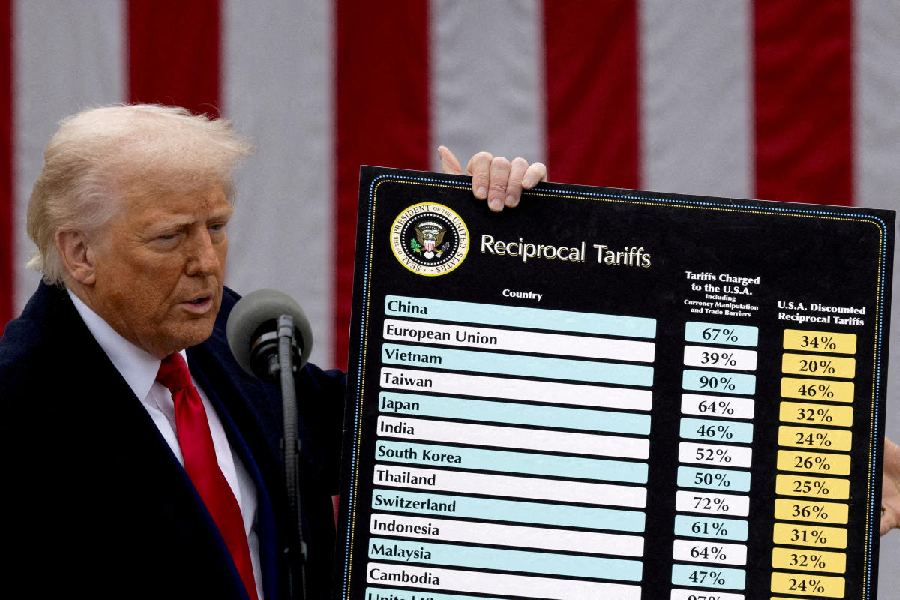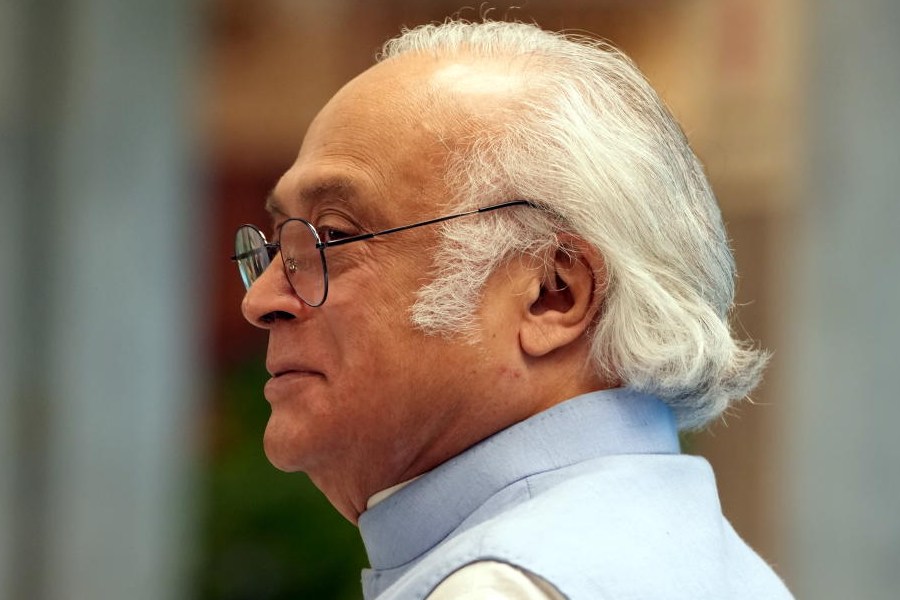
One should be careful about what one writes; it can come to haunt one decades later. I had quite forgotten about an article I wrote on foreign investment in Social Scientist in 1984; I found it cited by Tirthankar Roy in an article on Calcutta's decline he recently wrote in Business History Review. His explanation is so complex and nuanced that it is difficult to let it pass.
Calcutta was a premier industrial centre before Independence. Bombay had probably surpassed it in terms of industrial production by World War I. But the prominence of Calcutta was not just due to the industry it housed; it was partly due to the managing agencies located there that controlled tea gardens and jute mills spread over Assam and Bengal. Calcutta declined precipitately in the 1950s and 1960s. Its downfall was tragic; but neither the Central nor the state government did anything to prevent it. More noisy events, such as wars with Pakistan, famine, Emergency and the oil crisis intervened, and the fate of Calcutta was forgotten.
Roy calls the explanations given for the decline conjectures; he thinks 'hypotheses' is too respectable a word for them. First, the British managing agencies that dominated the pre-Independence Calcutta scene were too conservative and inflexible; in particular, after Independence they were not prepared to take in Indians into top management. A second explanation contradicts the first: the British businesses ran short of money during the Depression of the 1930s and took it from Marwaris, who eventually manoeuvred to take over their companies. The third is that British managing agencies were dependent on the British government, and could not survive its exit. The fourth is that the British could not adapt themselves to the licence-permit raj that followed Independence. The fifth is that the Marwaris, who took over the companies from the British, were speculators and traders and had no skills in industrial management. The sixth is a potpourri of explanations: freight equalization, replacement of jute by plastic, the silting of Calcutta port, the hostility of the Central government and so on. While he acknowledges what befell them, Roy thinks that it cannot explain the decline of the firms: why did the firms not adapt and recover? So he looks at micro evidence. More precisely, he concentrates on a number of Marwari families.
He is not the first to do so; Calcutta Marwaris have received a good deal of academic attention. But their watchers have shown no knowledge of or curiosity about the origins of Marwaris; they assume that Marwaris in Degana, Didwana or wherever in Rajasthan just packed their bags one day and made their way to Calcutta. The reorganization of India into linguistic states has made Indians parochial. British India was better integrated than it is today, and it was easy for people to move hundreds and thousands of miles. Thus, Gujarati businessmen spread out to Bombay, Karachi, Nairobi and Johannesburg; Bihari workers were indentured to work in Fiji and British Guiana; Marwaris moved all over the Hindiphonic world east of Rajasthan. Many of them, for instance, set up sugar mills in Uttar Pradesh and Bihar. After making money, they wanted to settle down in a city where they found people who could speak their patois and could give a good dowry to their daughters. That is how many of them ended up in Calcutta. The academic preconception that Calcutta Marwaris got rich from trade and speculation is just speculation; there is no solid empirical research to back it. A large proportion of the rich Calcutta Marwaris had a background in industry, often industry elsewhere than in Bengal.
Once they were settled in Calcutta and had money and time to spare, many played the stock market as portfolio investors, and speculated in shares, for which the Calcutta stock exchange was a perfect arena. Much of that speculation was bound to be in shares of tea and jute companies, which dominated the stock exchange. These companies were peculiar animals. They had been started by British businessmen in the 19th century, and had acquired their capital by selling shares to British army officers and civil servants in India, who got generous salaries and had savings to invest. The companies were run by British - generally Scottish - managers and engineers, and employed cheap Indian labour. They sold their shares both in Calcutta and London. The first shareholders often retained the shares when they returned to Britain; but sooner or later they died or needed money and sold the shares on Calcutta stock exchange where they had greater liquidity. Rich Marwaris bought them; that is how they got their initial foothold in the companies. After Independence, the new Indian government wanted to get rid of British investors and industrialists. It used exchange control to make it difficult for Calcutta companies to remit dividends to their British shareholders. So they sold out in a rush. That is when Marwaris became the dominant shareholders, and often, managing agents. In the 1940s and 1950s, they took over much of the jute industry and some of the tea gardens. As these industries went into the crisis of the 1960s and 1970s, the Marwaris lost most of their industrial assets. But that had nothing to do with their being Marwaris or Calcuttans. That was the time of naïve socialism - of industrial and import licensing, of capital issue controls - and all private industry did badly. The Bombay textile industry under Gujarati and Parsi ownership went under as badly as the Marwari-owned Calcutta industry.
But we should not assume that just because the industries of Calcutta went down, their owners went down too. I looked at some of the prominent Marwari tycoons of that time. One invested in the press, and continues to own its assets. Another's grandsons control enterprises in cigarettes, medicines, chemicals, cement, information technology and so on. The heirs of a third one make cement; his name survives in the locality named after him in north Calcutta. The grandson of a fourth one is in jute, tea, floriculture, timber, finance and real estate. Thus, the heirs of the Marwaris I have looked at are very much in business, and are enormously diversified; they own and manage a balanced chunk of Indian industry. Some of them still live in Calcutta, but their business has expanded far beyond eastern India.
And the decline of Calcutta? Industrial decline is nothing special; it applies equally to Mumbai or Ahmedabad. What is remarkable about Calcutta is that it did not attract anything else. New activities call for redevelopment - putting land to new uses. That is extremely difficult in Indian cities because of the inefficient property laws. The Mahalaxmi area in Mumbai is the only one which has been redeveloped; the factory buildings have been dismantled, and the area now has posh residences and hotels. In other cities, activity has moved out: from Delhi to Gurgaon and Noida, from Mumbai to New Mumbai, from Ahmedabad to Baroda - and from Calcutta to all over India. It went so far out of Calcutta because the state government did not create new development areas; the leftists were ideologically hostile to private industry. Calcutta's decline has more to do with ideologues than with Marwaris.










